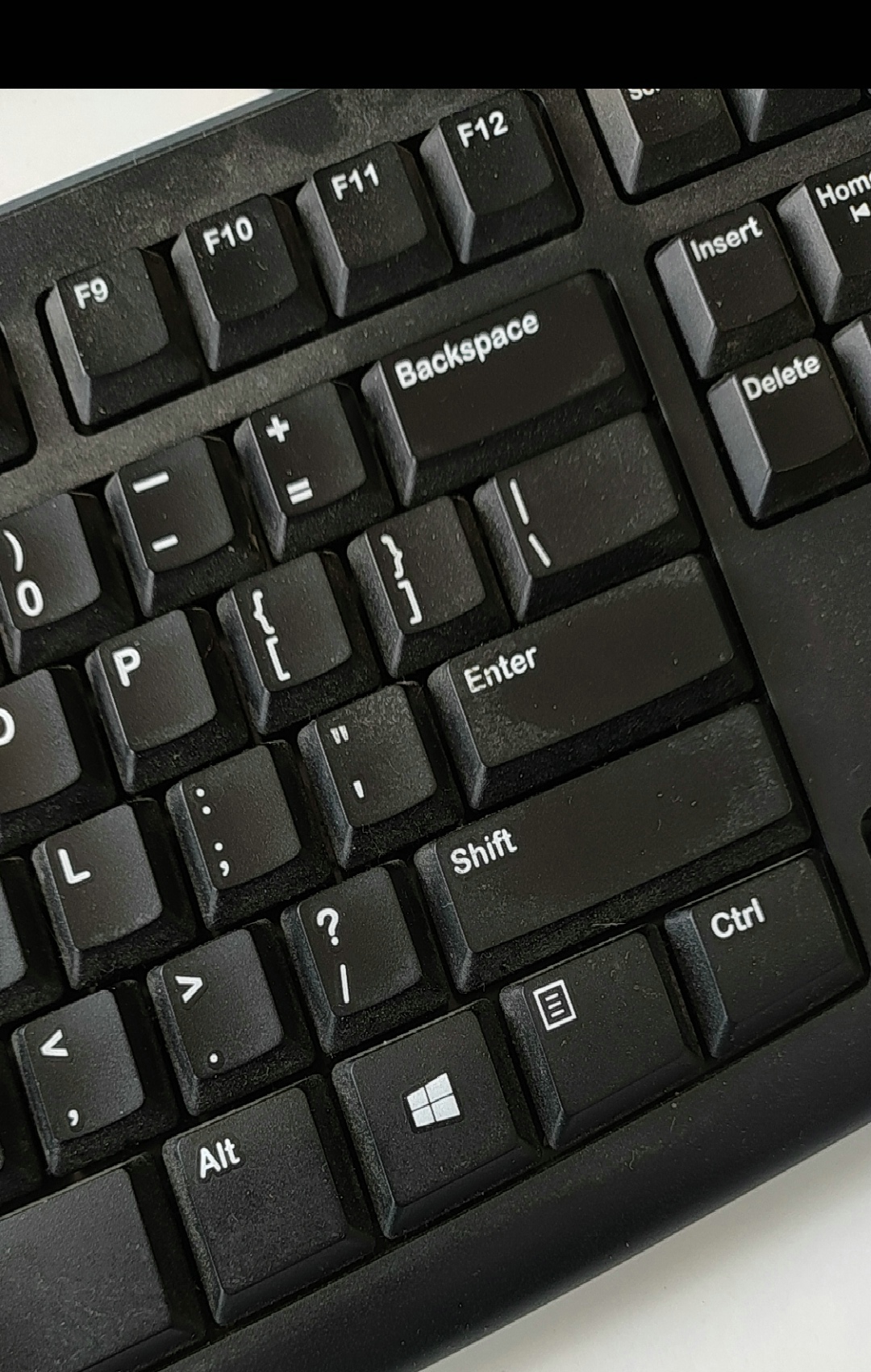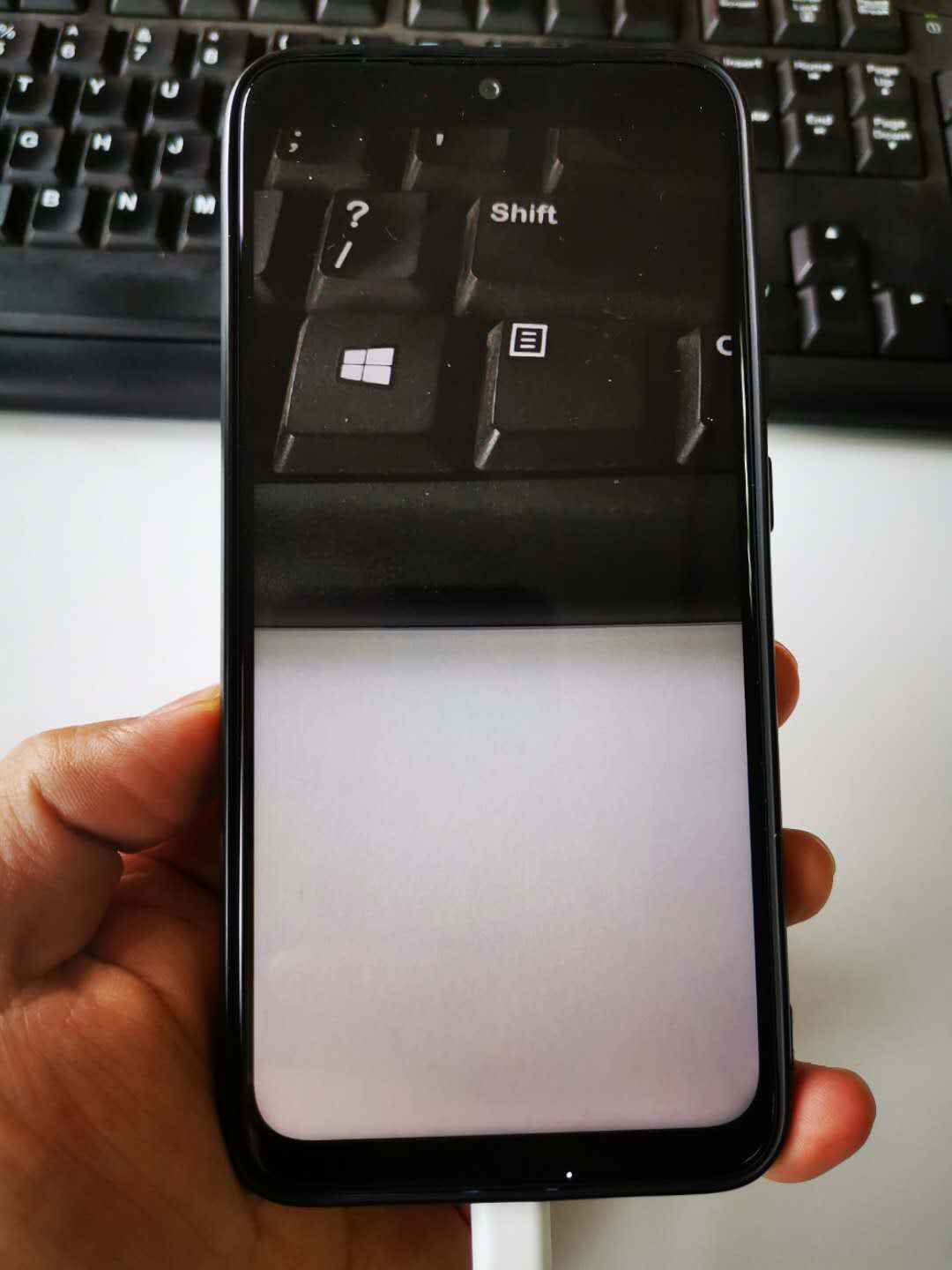由于供应商和硬件规格的不同,构建Android相机应用比构建iOS相机应用要复杂得多。谷歌在Android 5中推出了Camera2,该接口比原来的Camera具有更丰富的控制功能。在本文中,我想用最少的代码分别用Camera和Camera2创建Android相机预览应用,并比较这两套API的使用差异。
用最少的代码构建Android相机预览应用
用Empty Activity模板创建一个新项目。
在AndroidManifest.xml中声明与相机相关的使用权限:
<?xml version="1.0" encoding="utf-8"?>
<manifest xmlns:android="http://schemas.android.com/apk/res/android"
package="com.dynamsoft.camera">
<uses-permission android:name="android.permission.CAMERA" />
<uses-feature android:name="android.hardware.camera" />
<uses-feature android:name="android.hardware.camera.autofocus" />
<application
android:allowBackup="true"
android:icon="@mipmap/ic\_launcher"
android:label="@string/app\_name"
android:roundIcon="@mipmap/ic\_launcher\_round"
android:supportsRtl="true"
android:theme="@style/AppTheme">
<activity android:name=".MainActivity" android:screenOrientation="portrait">
<intent-filter>
<action android:name="android.intent.action.MAIN" />
<category android:name="android.intent.category.LAUNCHER" />
</intent-filter>
</activity>
</application>
</manifest>
如果要使应用程序显示为全屏,需要修改values/styles.xml:
<resources>
<!-- Base application theme. -->
<style name="AppTheme" parent="Theme.AppCompat.Light.NoActionBar">
<!-- Customize your theme here. -->
<item name="colorPrimary">@color/colorPrimary</item>
<item name="colorPrimaryDark">@color/colorPrimaryDark</item>
<item name="colorAccent">@color/colorAccent</item>
<item name="android:windowFullscreen">true</item>
</style>
</resources>
我希望使代码尽可能简单,因此这里没有使用XML UI布局文件。TextureView和SurfaceView都可以用于预览相机。这里我使用TextureView。
根据TextureView API文档,使用它的代码非常简单:
public class MainActivity extends AppCompatActivity implements TextureView.SurfaceTextureListener, ActivityCompat.OnRequestPermissionsResultCallback {
private Camera mCamera;
private TextureView mTextureView;
@Override
protected void onResume() {
super.onResume();
if (mTextureView.isAvailable()) {
openCamera(mTextureView.getSurfaceTexture());
} else {
mTextureView.setSurfaceTextureListener(this);
}
}
protected void onCreate(Bundle savedInstanceState) {
super.onCreate(savedInstanceState);
mTextureView = new TextureView(this);
mTextureView.setSurfaceTextureListener(this);
setContentView(mTextureView);
}
}
注册TextureView.SurfaceTextureListener来监视有关事件:
public void onSurfaceTextureAvailable(SurfaceTexture surface, int width, int height) {
openCamera(surface);
}
public void onSurfaceTextureSizeChanged(SurfaceTexture surface, int width, int height) {
}
public boolean onSurfaceTextureDestroyed(SurfaceTexture surface) {
if (mCamera != null) {
mCamera.stopPreview();
mCamera.release();
}
return true;
}
public void onSurfaceTextureUpdated(SurfaceTexture surface) {
}
一旦它可用,我们就可以打开相机,设置参数并开始相机预览:
private static final int REQUEST\_CAMERA\_PERMISSION = 1;
private static final SparseIntArray ORIENTATIONS = new SparseIntArray();
static {
ORIENTATIONS.append(Surface.ROTATION\_0, 90);
ORIENTATIONS.append(Surface.ROTATION\_90, 0);
ORIENTATIONS.append(Surface.ROTATION\_180, 270);
ORIENTATIONS.append(Surface.ROTATION\_270, 180);
}
private void openCamera(SurfaceTexture surface) {
if (ContextCompat.checkSelfPermission(this, Manifest.permission.CAMERA)
!= PackageManager.PERMISSION\_GRANTED) {
requestCameraPermission();
return;
}
mCamera = Camera.open(0);
try {
mCamera.setPreviewTexture(surface);
int rotation = getWindowManager().getDefaultDisplay()
.getRotation();
mCamera.setDisplayOrientation(ORIENTATIONS.get(rotation));
Camera.Parameters params = mCamera.getParameters();
params.setFocusMode(Camera.Parameters.FOCUS\_MODE\_CONTINUOUS\_VIDEO);
mCamera.setParameters(params);
mCamera.startPreview();
} catch (IOException ioe) {
}
}
生成并运行应用程序:
看出哪里不对了吗?预览图像似乎被扭曲了。为了解决这个问题,我们可以改用AutoFitTextureView。不过,谷歌提供的代码不支持全屏显示。StackOverflow的答案可以完美地解决这个问题:
import android.content.Context;
import android.util.AttributeSet;
import android.view.TextureView;
/**
* A {@link TextureView} that can be adjusted to a specified aspect ratio.
*/
public class AutoFitTextureView extends TextureView {
private int mRatioWidth = 0;
private int mRatioHeight = 0;
public AutoFitTextureView(Context context) {
this(context, null);
}
public AutoFitTextureView(Context context, AttributeSet attrs) {
this(context, attrs, 0);
}
public AutoFitTextureView(Context context, AttributeSet attrs, int defStyle) {
super(context, attrs, defStyle);
}
/**
* Sets the aspect ratio for this view. The size of the view will be measured based on the ratio
* calculated from the parameters. Note that the actual sizes of parameters don't matter, that
* is, calling setAspectRatio(2, 3) and setAspectRatio(4, 6) make the same result.
*
* @param width Relative horizontal size
* @param height Relative vertical size
*/
public void setAspectRatio(int width, int height) {
if (width < 0 || height < 0) {
throw new IllegalArgumentException("Size cannot be negative.");
}
mRatioWidth = width;
mRatioHeight = height;
requestLayout();
}
@Override
protected void onMeasure(int widthMeasureSpec, int heightMeasureSpec) {
super.onMeasure(widthMeasureSpec, heightMeasureSpec);
int width = MeasureSpec.getSize(widthMeasureSpec);
int height = MeasureSpec.getSize(heightMeasureSpec);
if (0 == mRatioWidth || 0 == mRatioHeight) {
setMeasuredDimension(width, height);
} else {
if (width < height \* mRatioWidth / mRatioHeight) {
setMeasuredDimension(height \* mRatioWidth / mRatioHeight, height);
} else {
setMeasuredDimension(width, width \* mRatioHeight / mRatioWidth);
}
}
}
}
好的,我已经完成了MainActivity.java,大约有118行代码。这一Android相机预览应用可以正常运行。
接下来,我将基于Google的示例android-Camera2Basic用Camera2类替换Camera类。
用CameraManager打开相机:
private final CameraDevice.StateCallback mStateCallback = new CameraDevice.StateCallback() {
@Override
public void onOpened(@NonNull CameraDevice cameraDevice) {
mCameraOpenCloseLock.release();
mCameraDevice = cameraDevice;
createCameraPreviewSession();
}
@Override
public void onDisconnected(@NonNull CameraDevice cameraDevice) {
mCameraOpenCloseLock.release();
cameraDevice.close();
mCameraDevice = null;
}
@Override
public void onError(@NonNull CameraDevice cameraDevice, int error) {
mCameraOpenCloseLock.release();
cameraDevice.close();
mCameraDevice = null;
Activity activity = MainActivity.this;
if (null != activity) {
activity.finish();
}
}
};
private void openCamera(int width, int height) {
if (ContextCompat.checkSelfPermission(this, Manifest.permission.CAMERA)
!= PackageManager.PERMISSION\_GRANTED) {
requestCameraPermission();
return;
}
setUpCameraOutputs(width, height);
CameraManager manager = (CameraManager)this.getSystemService(Context.CAMERA\_SERVICE);
try {
if (!mCameraOpenCloseLock.tryAcquire(2500, TimeUnit.MILLISECONDS)) {
throw new RuntimeException("Time out waiting to lock camera opening.");
}
manager.openCamera(mCameraId, mStateCallback, null);
} catch (CameraAccessException e) {
e.printStackTrace();
} catch (InterruptedException e) {
throw new RuntimeException("Interrupted while trying to lock camera opening.", e);
}
}
获取相机id并计算TextureView的纵横比。计算代码比较复杂:
private void setUpCameraOutputs(int width, int height) {
Activity activity = this;
CameraManager manager = (CameraManager) activity.getSystemService(Context.CAMERA\_SERVICE);
try {
for (String cameraId : manager.getCameraIdList()) {
CameraCharacteristics characteristics
= manager.getCameraCharacteristics(cameraId);
Integer facing = characteristics.get(CameraCharacteristics.LENS\_FACING);
if (facing != null && facing == CameraCharacteristics.LENS\_FACING\_FRONT) {
continue;
}
mCameraId = cameraId;
StreamConfigurationMap map = characteristics.get(
CameraCharacteristics.SCALER\_STREAM\_CONFIGURATION\_MAP);
if (map == null) {
continue;
}
Size largest = Collections.max(
Arrays.asList(map.getOutputSizes(ImageFormat.JPEG)),
new CompareSizesByArea());
int displayRotation = activity.getWindowManager().getDefaultDisplay().getRotation();
mSensorOrientation = characteristics.get(CameraCharacteristics.SENSOR\_ORIENTATION);
boolean swappedDimensions = false;
switch (displayRotation) {
case Surface.ROTATION\_0:
case Surface.ROTATION\_180:
if (mSensorOrientation == 90 || mSensorOrientation == 270) {
swappedDimensions = true;
}
break;
case Surface.ROTATION\_90:
case Surface.ROTATION\_270:
if (mSensorOrientation == 0 || mSensorOrientation == 180) {
swappedDimensions = true;
}
break;
}
Point displaySize = new Point();
activity.getWindowManager().getDefaultDisplay().getSize(displaySize);
int rotatedPreviewWidth = width;
int rotatedPreviewHeight = height;
int maxPreviewWidth = displaySize.x;
int maxPreviewHeight = displaySize.y;
if (swappedDimensions) {
rotatedPreviewWidth = height;
rotatedPreviewHeight = width;
maxPreviewWidth = displaySize.y;
maxPreviewHeight = displaySize.x;
}
if (maxPreviewWidth > MAX\_PREVIEW\_WIDTH) {
maxPreviewWidth = MAX\_PREVIEW\_WIDTH;
}
if (maxPreviewHeight > MAX\_PREVIEW\_HEIGHT) {
maxPreviewHeight = MAX\_PREVIEW\_HEIGHT;
}
mPreviewSize = chooseOptimalSize(map.getOutputSizes(SurfaceTexture.class),
rotatedPreviewWidth, rotatedPreviewHeight, maxPreviewWidth,
maxPreviewHeight, largest);
int orientation = getResources().getConfiguration().orientation;
if (orientation == Configuration.ORIENTATION\_LANDSCAPE) {
mTextureView.setAspectRatio(
mPreviewSize.getWidth(), mPreviewSize.getHeight());
} else {
mTextureView.setAspectRatio(
mPreviewSize.getHeight(), mPreviewSize.getWidth());
}
return;
}
} catch (CameraAccessException e) {
e.printStackTrace();
} catch (NullPointerException e) {
}
}
打开相机后,创建捕获会话以开始预览:
private void createCameraPreviewSession() {
try {
SurfaceTexture texture = mTextureView.getSurfaceTexture();
assert texture != null;
Surface surface = new Surface(texture);
mPreviewRequestBuilder = mCameraDevice.createCaptureRequest(CameraDevice.TEMPLATE\_PREVIEW);
mPreviewRequestBuilder.addTarget(surface);
mCameraDevice.createCaptureSession(Arrays.asList(surface),
new CameraCaptureSession.StateCallback() {
@Override
public void onConfigured(@NonNull CameraCaptureSession cameraCaptureSession) {
if (null == mCameraDevice) {
return;
}
mCaptureSession = cameraCaptureSession;
try {
mPreviewRequestBuilder.set(CaptureRequest.CONTROL\_AF\_MODE,
CaptureRequest.CONTROL\_AF\_MODE\_CONTINUOUS\_PICTURE);
mPreviewRequest = mPreviewRequestBuilder.build();
mCaptureSession.setRepeatingRequest(mPreviewRequest,
null, null);
} catch (CameraAccessException e) {
e.printStackTrace();
}
}
@Override
public void onConfigureFailed(
@NonNull CameraCaptureSession cameraCaptureSession) {
}
}, null
);
} catch (CameraAccessException e) {
e.printStackTrace();
}
}
使用Camera2,代码行总数增加到337行。
我们应该从Camera迁移到Camera2吗?
很明显,Camera2与Camera不兼容,而且要复杂得多。如果你不需要太多的相机功能,Camera就足够了。如果你想让你的应用拥有先进的相机功能,比如快门速度控制,那么将API从Camera迁移到Camera2是值得的。


